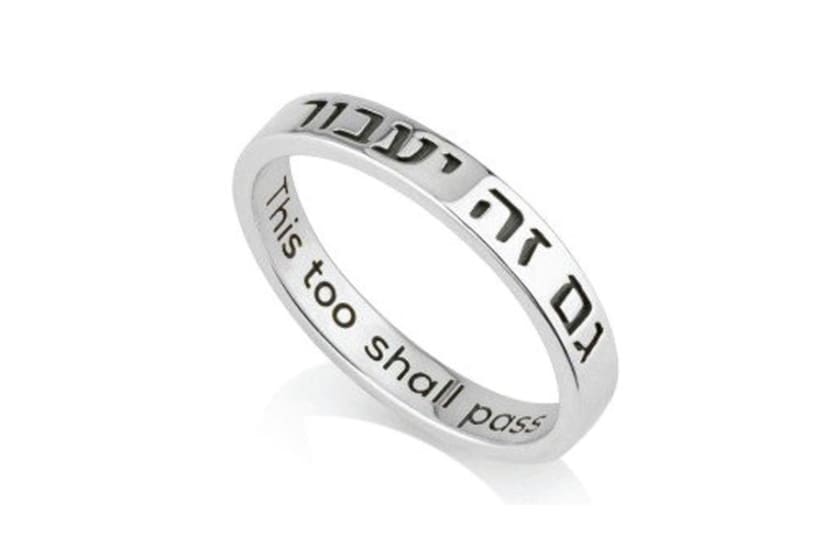After 71 years, Israel has made remarkable – perhaps even miraculous – progress. Israel, for me, is a combination of its resourceful people and beautiful country.
Israelis, traditionally tough on the outside and soft inside, are just like the Sabra (prickly pear) from which they get their name. Deep down, we care about one another, which you sometimes only understand if you’re in trouble and need help. We care about the country, which was most obvious during the recent Independence Day celebrations and Gaza violence, and we care about others. When there’s a tragedy anywhere in the world, Israel is most often the first to send aid and assistance.
If you consider the fact that the Jewish people was at its lowest point in history when the Holocaust ended in 1945, we are probably at our peak now – centered in a small country with 9 million citizens that has become an economic, military and cultural powerhouse. Israel can be proud of having some of the world’s top minds, game-changing discoveries, a leading hi-tech and medical hub, exemplary agricultural methods and desalination plants, solar energy and huge natural gas reserves, a booming tourist industry, great cuisine and more.
The Land of Israel is spectacular, especially Jerusalem, and I consider myself fortunate to be living in the City of Gold. As the Gemara says, if 10 measures of beauty were given to the world, Jerusalem received nine.Jerusalem’s Old City, which is less than a square kilometer, is the very heart of the metropolis that has been a cultural, religious and commercial nexus for thousands of years. While it is holy to Judaism, Christianity and Islam, Orthodox Jews, Christians of all denominations and devout Muslims coexist peacefully inside its ancient walls – for the most part. If only this could be extended to the rest of Israel, the Palestinian territories and the Middle East!
One of my favorite Jewish stories is that of Biblical King Solomon’s ring. The wise Solomon is said to have given his trusted adviser, Benaiah, a mission impossible: to find a ring that would make a happy person sad and a sad person happy.
After a six-month search, Benaiah finally found an old jeweler in Jerusalem’s Old City, who said he had such a ring. On it were carved the Hebrew words, gam zeh ya’avor (This too shall pass).He rushed back to give the ring to the monarch, whose face lit up immediately. The ring was right: life is fleeting; if you’re sad, don’t
worry, it will pass; and if you’re happy, enjoy it, because that too will pass.
For me, nothing captures the ephemeral nature of life better than photographic images. Words, music and art are powerful, but as the age-old adage goes, “A picture is worth a thousand words.”After Israel captured Jerusalem’s Old City in 1967, Yossi Gamzu wrote in his song, “The Kotel,” “There are people with a heart of stone; And there are stones with a human heart.”
This issue of The Jerusalem Report contains a package of three photographic essays – the first by Eitan Simanor on capturing Jerusalem’s Old City on camera, the second by Mikki Shanna about a fascinating photographic exhibition on the Temple Mount at the Tower of David Museum, and the third by Max Richardson on the origin and identity of the City of David. May they make you happy!
